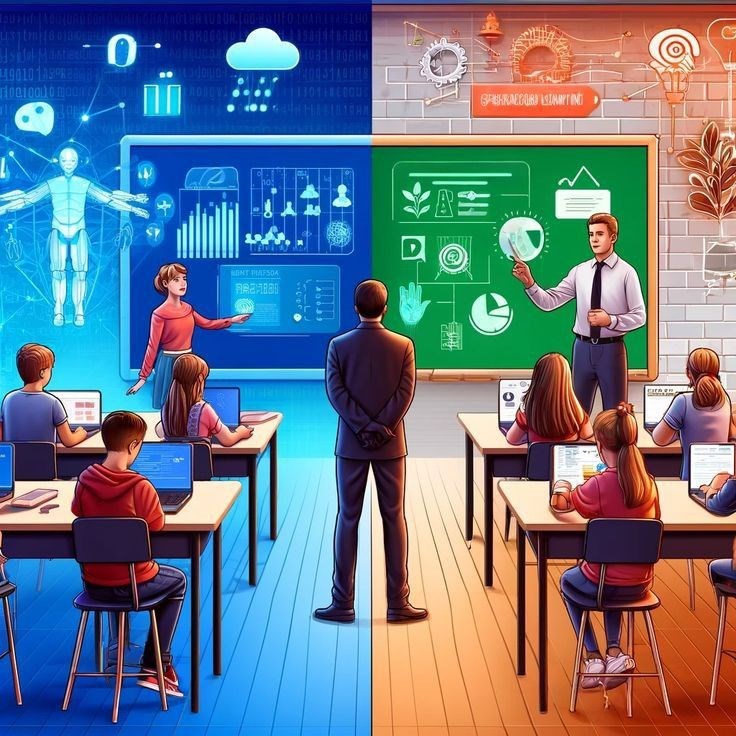Public education in the United States has to cope with numerous problems that have an influence on students’ performance and overall achievements. Problems like lack of finance, shortage of teachers, controversy of curriculum, inequity in education and use of technology in learning are some of the issues that have characterized the education system. Solving these issues can only be done through certain development solutions in order to guarantee the quality of education to every learner.
The major concern is lack of funding, which hampers resource availability, teacher remuneration, and school facility development. Currently, public schools particularly those in the pre-represented professions’ areas are in deplorable state with poor textbooks, lack of adequate technology, and congested classrooms. It simply means that schools will not be in a position to make provision of crucial teaching and learning aids for the students hence the academic achievement gap will continue to widen.
Lack of teachers is another big issue as teachers are being overwhelmed by work, underpaid, and not supported. The turnover of a number of schools is attributed to the high job burnout of teachers, additionally, inadequate provision of professionals or college leavers choose not to become teachers. This results in increased class sizes, less consideration for individual students, and therefore, poor education quality in general especially concerning the deprived groups.

Curriculum controversies have also emerged and made up of arguments on the use of standardized assessment, history, and social issues policies. Due to politicization the standards of teaching and learning have varied from one state to the other thus confusing the students and their instructors. A balanced curriculum when achieved to study the different areas provides the best of knowledge so as to avoid bias in the class.
Moreover, new technologies have impacted the education field significantly; though at the same time widening the technology gap. Based on the information given, some of the strengths are that some students can easily access online materials while others cannot access the internet or a device. This hampers learning achievement and generates other social inequalities in education arrangements. Such issues need policy solutions, policy enhancements, and policy reforms aimed at supporting more funding and addressing the inequalities in the public education system.
Conclusion
Discussing the problems of the U.S. Public Education system leaders can begin to take action that will address the issues as soon as possible. Some of the wise requirements that should be put into practice include adequate funding, teachers support, balanced curricula, equal access to technology among others. This means that if no vigorous measures and policies are adopted, there will always be inequality in education and they stand a limited chance of improving their future. There is no doubt that quality education for the child starts from school and needs to be well financed for the benefit of the nation.